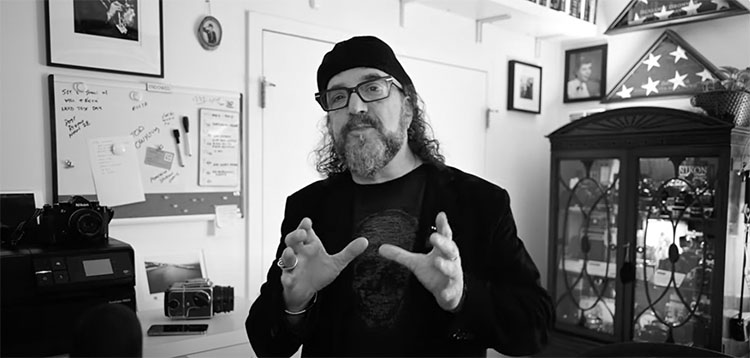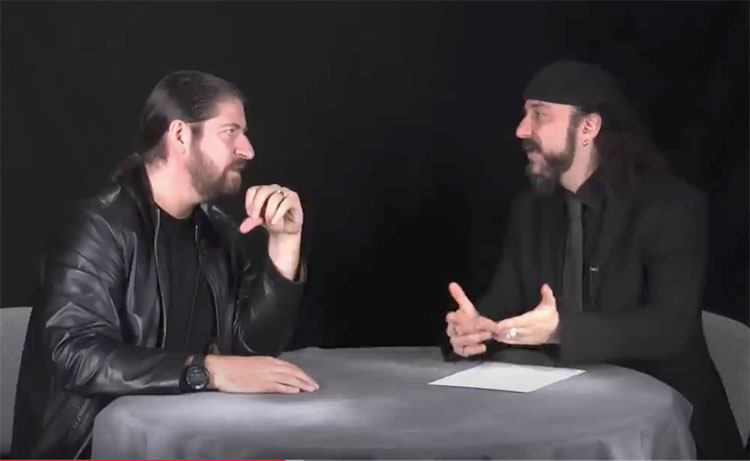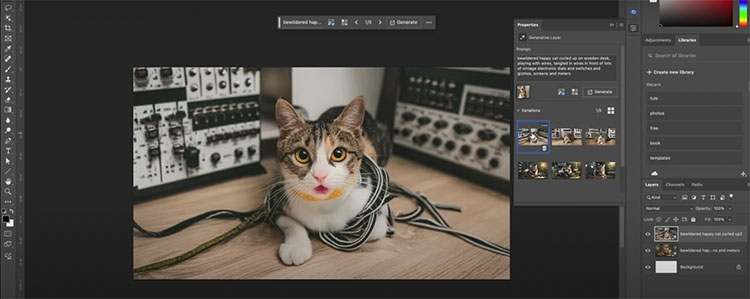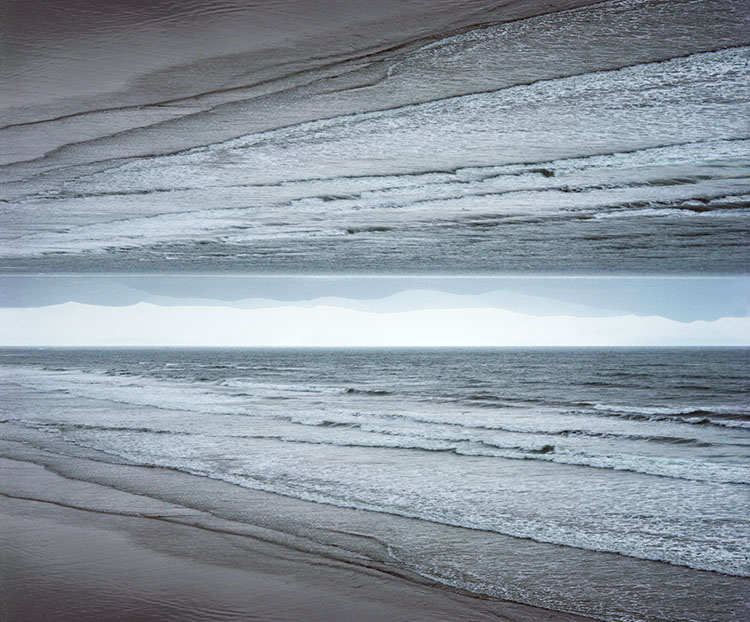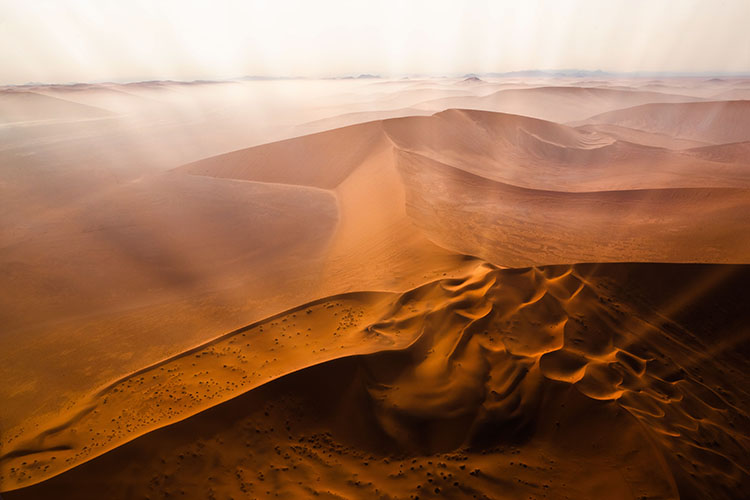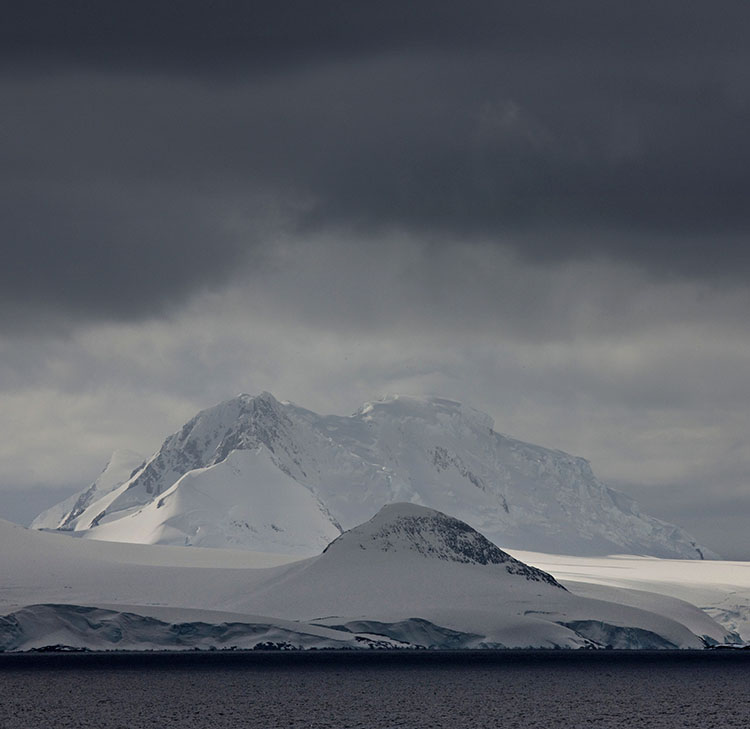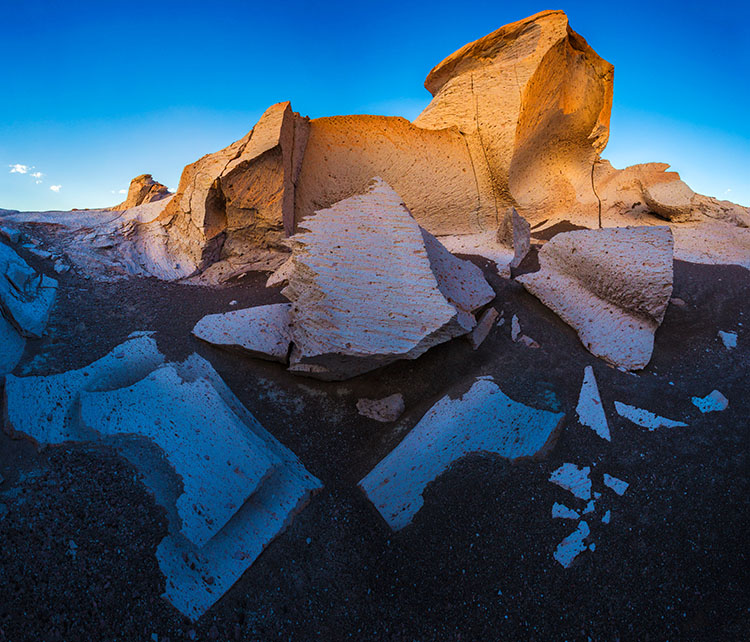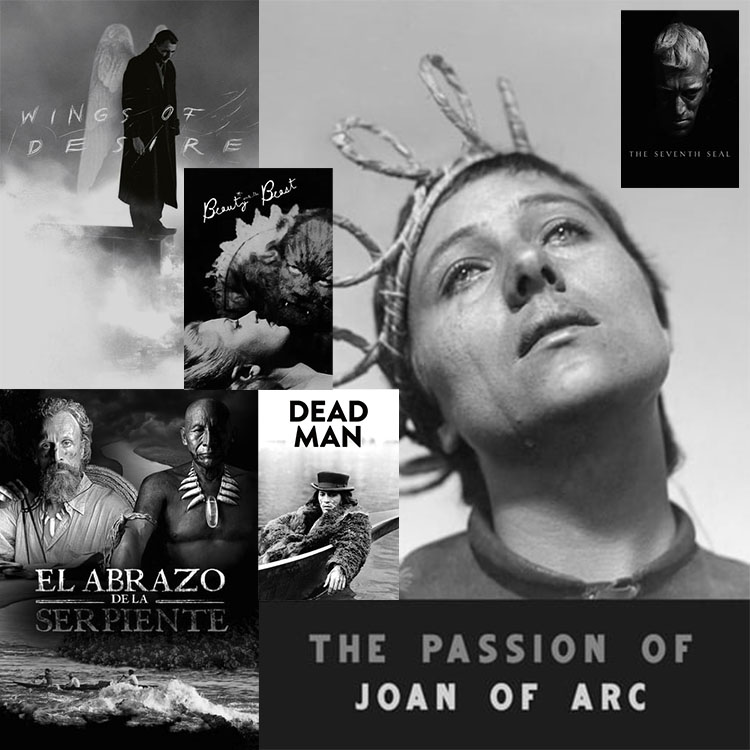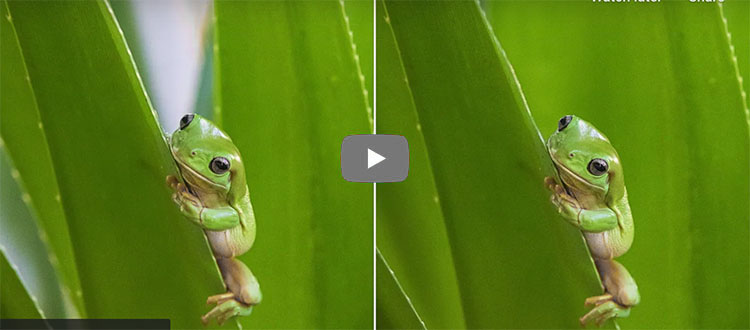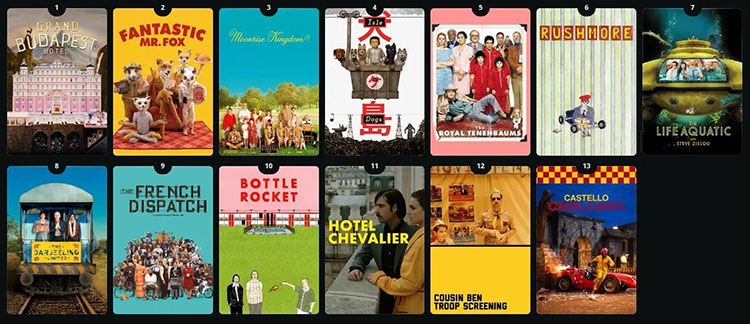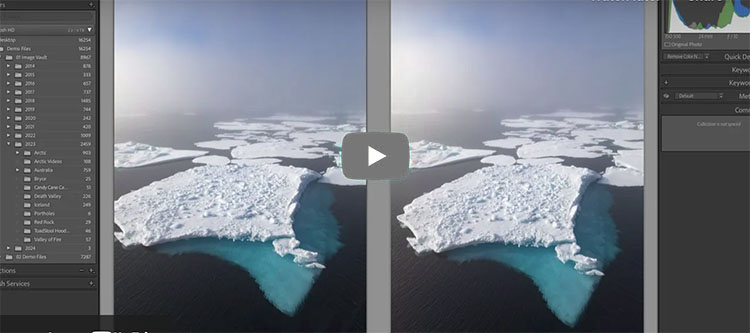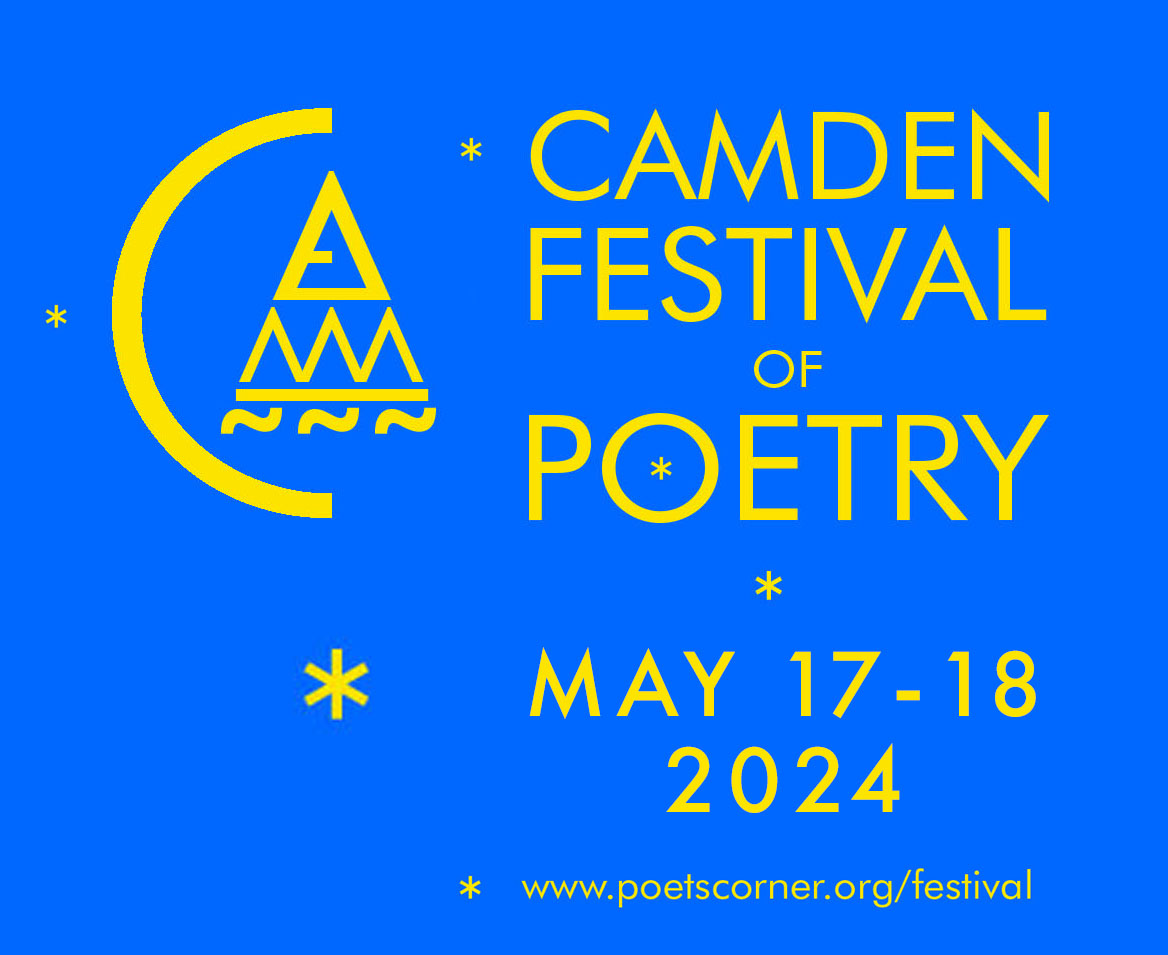
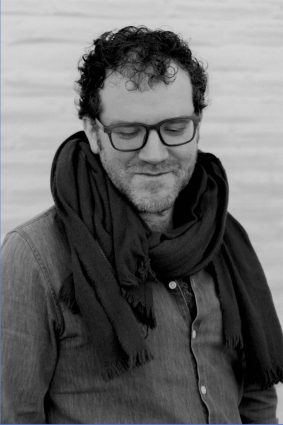
Padriag O’Tuama
poet / peace activist
The 2024 Camden Festival Of Poetry Is Coming!
It’s free and open to the public.
Register here.
May 3 – Friday
Colby College Museum Of Art
3-4:30 pm Workshop – Caponigro / Exploring The Colby College Museum Of Art With Poetry – Inquire.
May 8 – Wednesday
The Farnsworth Museum Of Art
11-12:30 pm Workshop – Caponigro / Conversing with Unicorns: Ekphrastic Poetry – Register here.
May 11 – Saturday
The Center For Maine Contemporary Art
11-12:30 pm Workshop – Caponigro / Tripping The Light Ekphrastic Poetry – Register here.
May 17 – Friday
Online
2-4 pm Craft Talk – Padraig O’Tuama / You, You, You; The Address Of Poetry – Register here.
The First Congregational Church Of Camden
55 Elm Street, Camden, Maine
7-9 pm Friday Open Mic Night
May 18 – Saturday
Downtown Camden, Maine
10-12 am Morning Poems On Windows Walk
The First Congregational Church Of Camden
55 Elm Street, Camden, Maine
1-2:30 pm Readings
………………Audrey Minotulu-Le
………………Sandy Weisman
………………Dave Morrison
………………Carol Bachofner
………………Arisa White
………………Jefferson Navicky
………………With music by Chris Ross and Mehuman Johnson
………………Meet Maine poets selling and signing their books.
3-4 pm Workshops
………………John Paul Caponigro – The Art Of Poetry About Art
………………Kathleen Ellis – Thirteen Ways of Starting a Poem
………………Judy Kaber – The Poem on the Page: Understanding Line Breaks
………………Kimberly Ann Priest – Into Wildness: The Untamed Nature Poem
………………Maya Stein – Black Out Poetry
………………Arisa White – Activating Your Nouns and Verbs
.
.
……………..Find out who will win the youth Poet Of Promise Award.
It’s free and open to the public!
Register here.

Ekphrastic Resources
Notes On Ekphrasis
Content Form Feeling
All The Words Of The Rainbow
Poems
Homer – The Iliad (Achilles Shield)
W H Auden – The Shield Of Achilles
John Keats – Ode To A Grecian Urn
Rainer Maria Rilke – Archaic Torso Of Apollo + The Story Behind The Poem
William Blake – The Tyger
Yusuf Komunyakaa – Facing It
Anne Sexton – The Starry Night
Literary Journals
The Ekphrastic Review
Rattle Ekphrastic Challenge
Responses To My Art
Rattle
The Ekphrastic Review
My Ekphrastic Poetry
